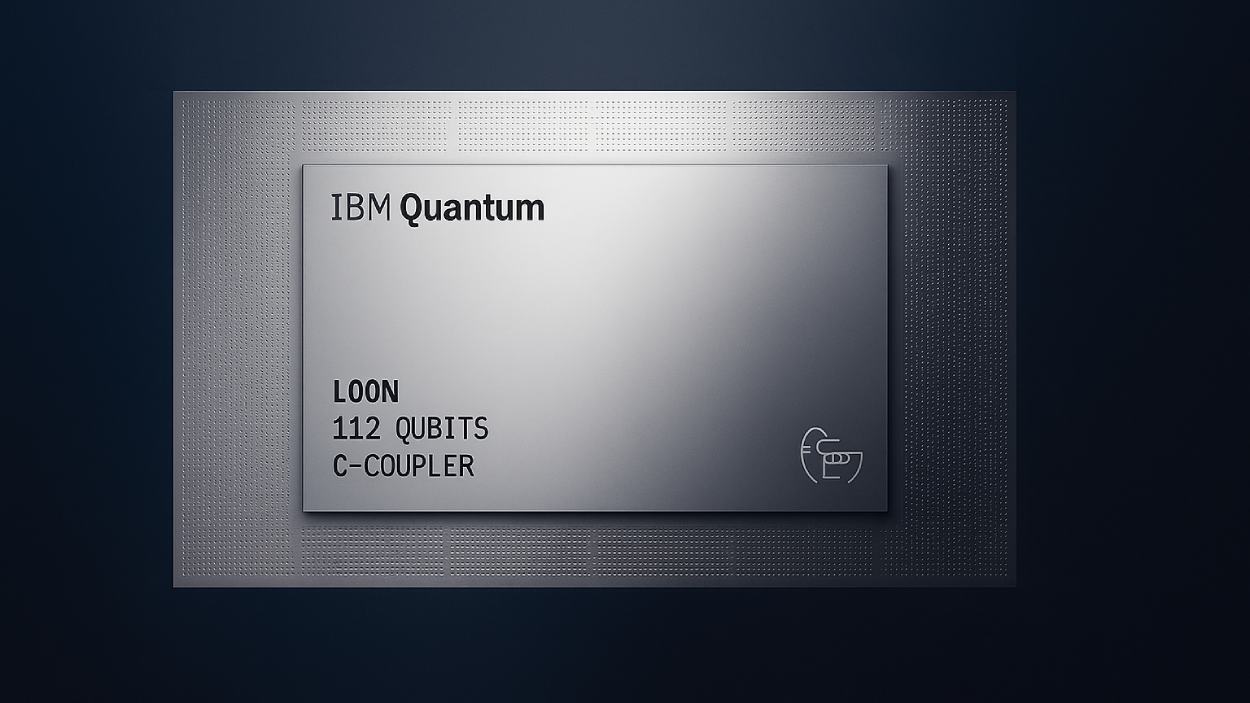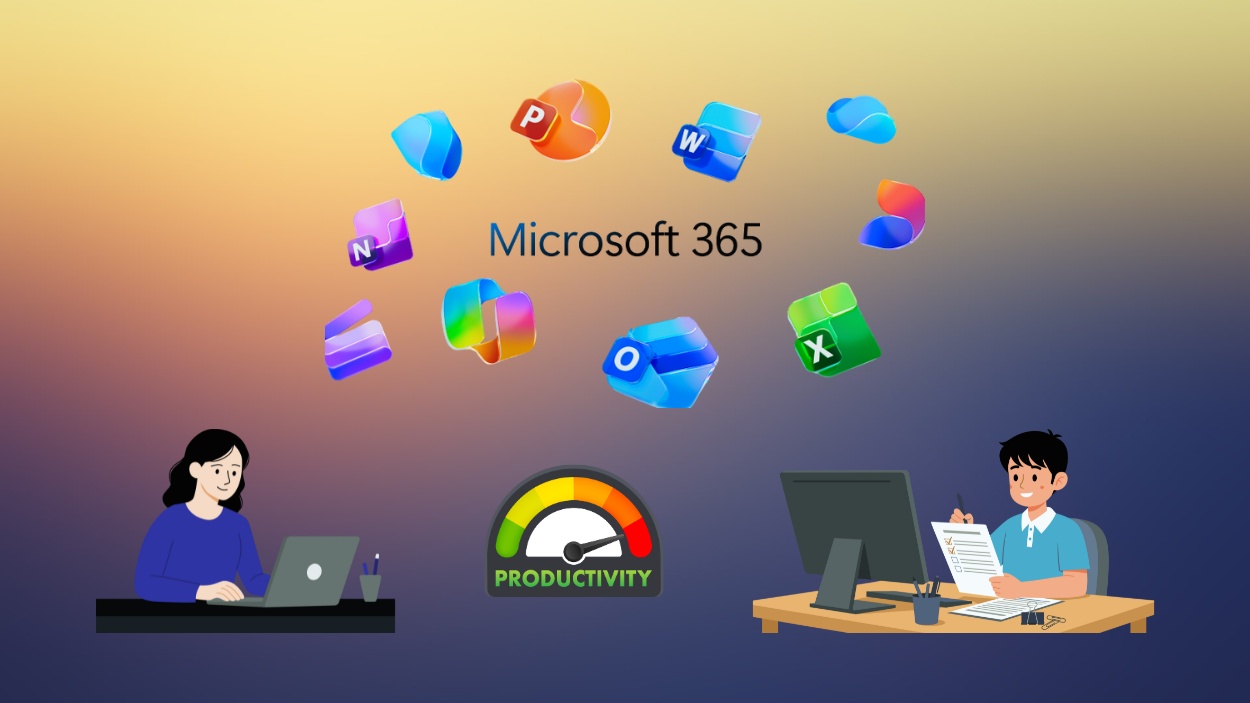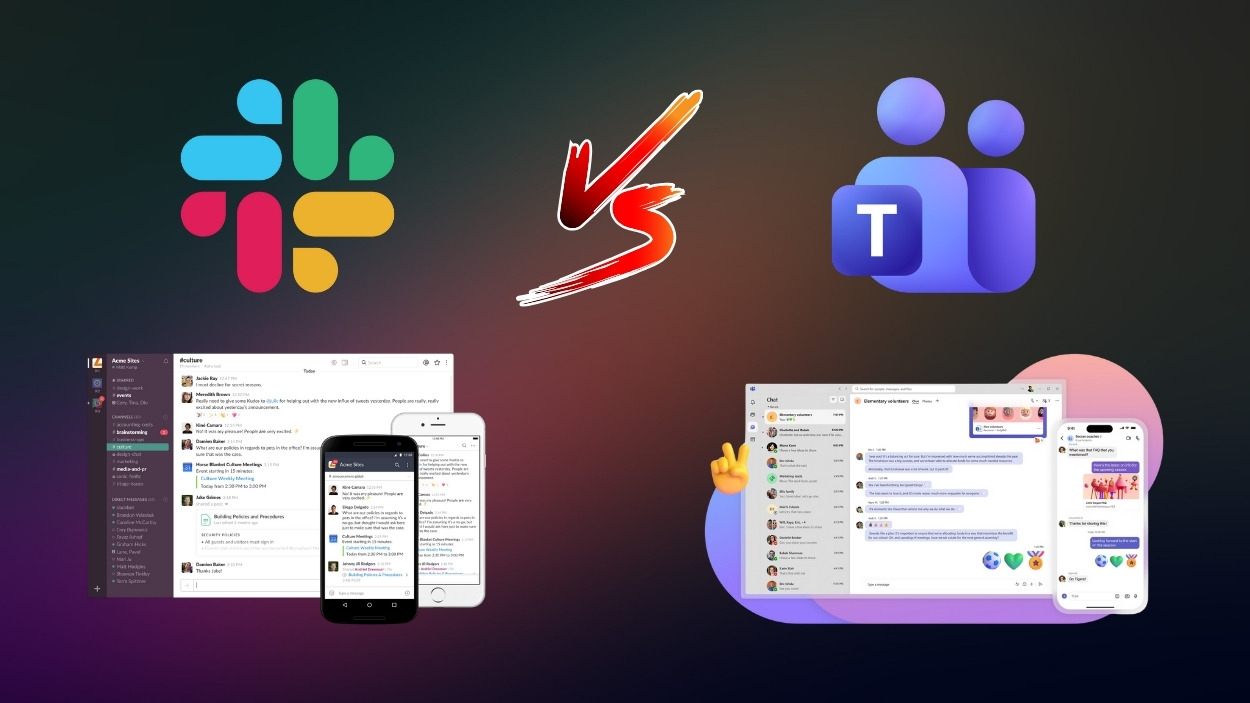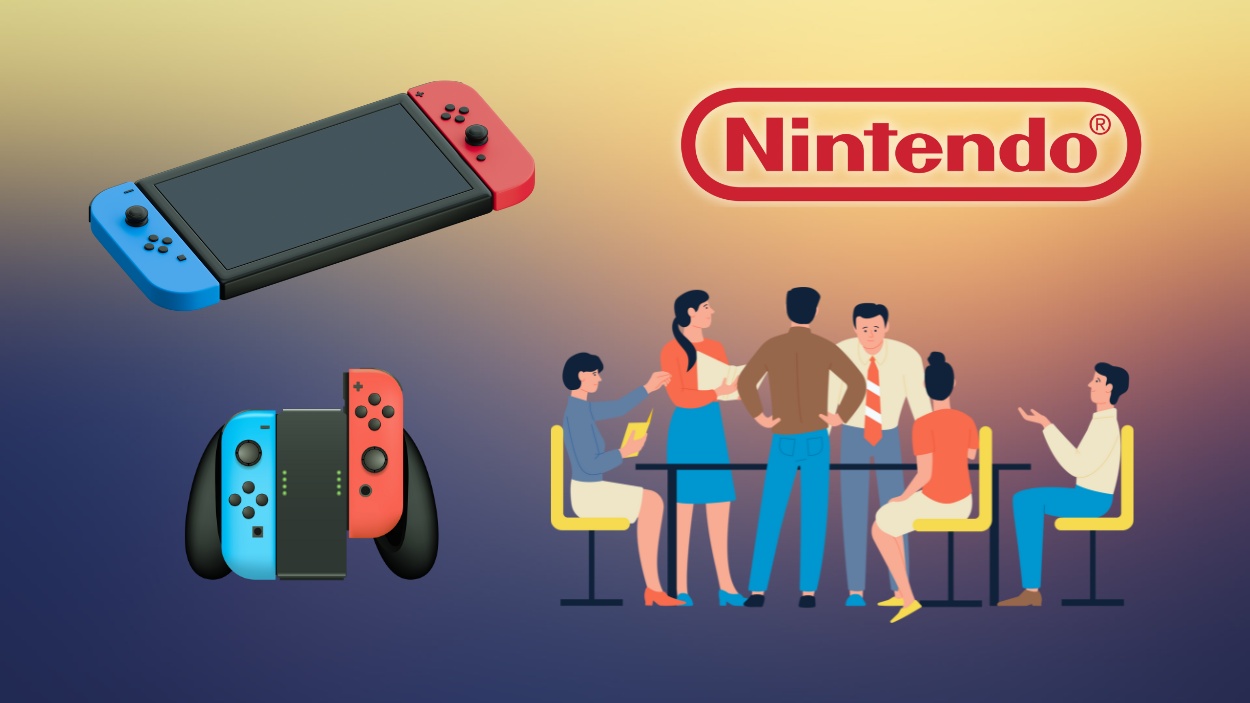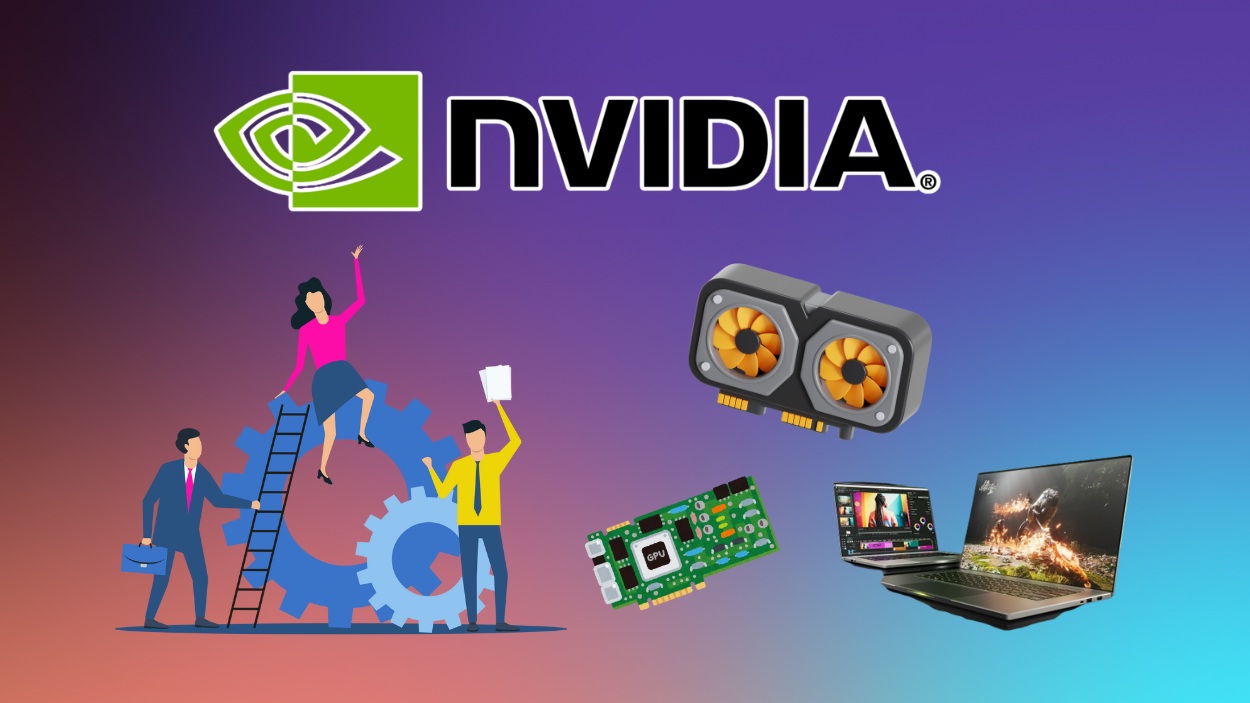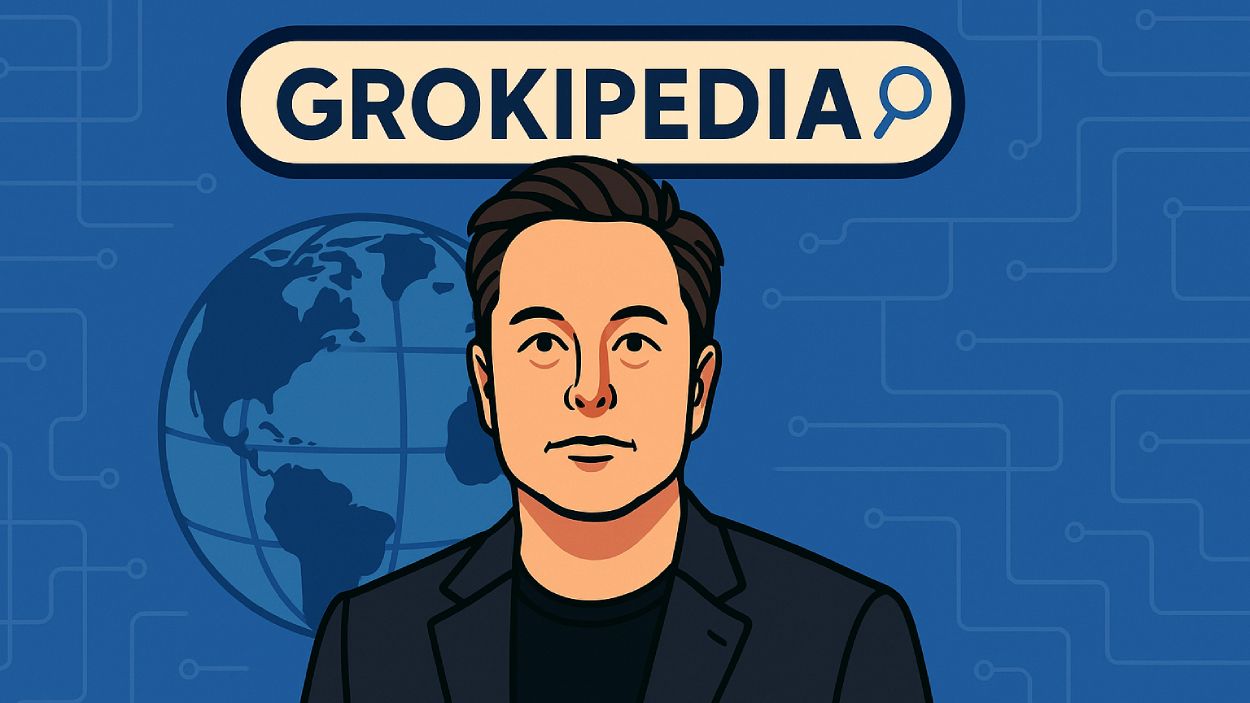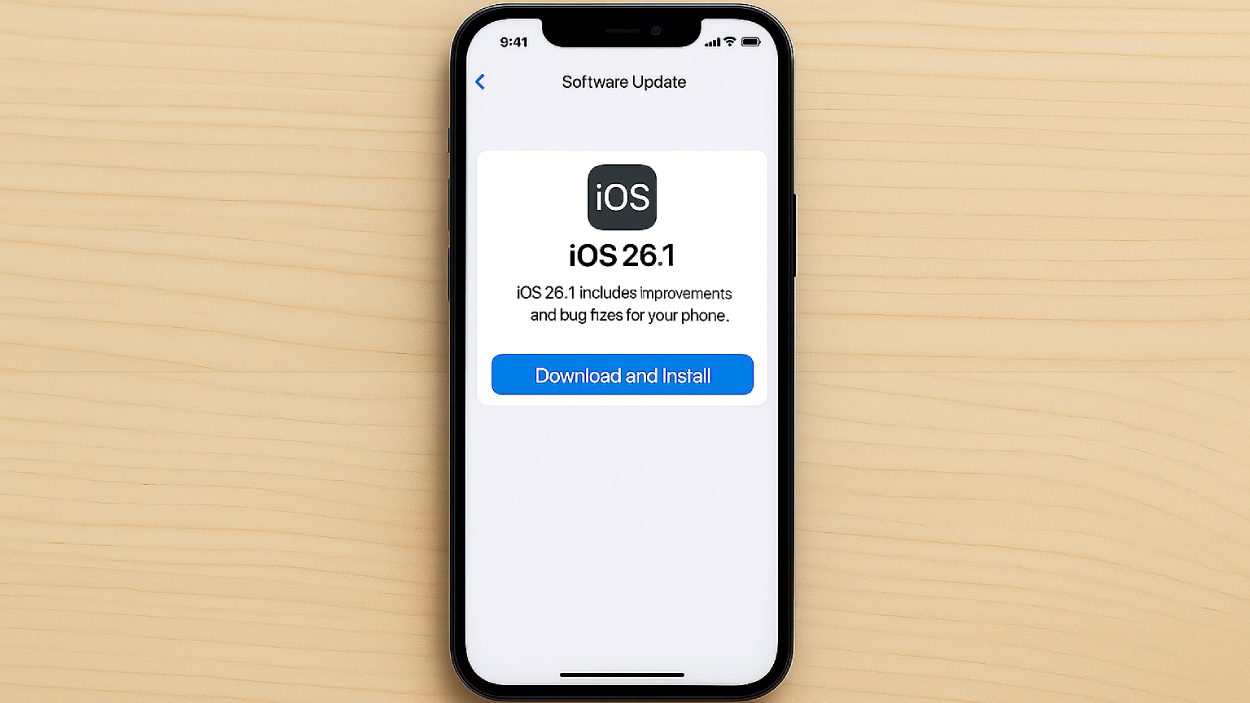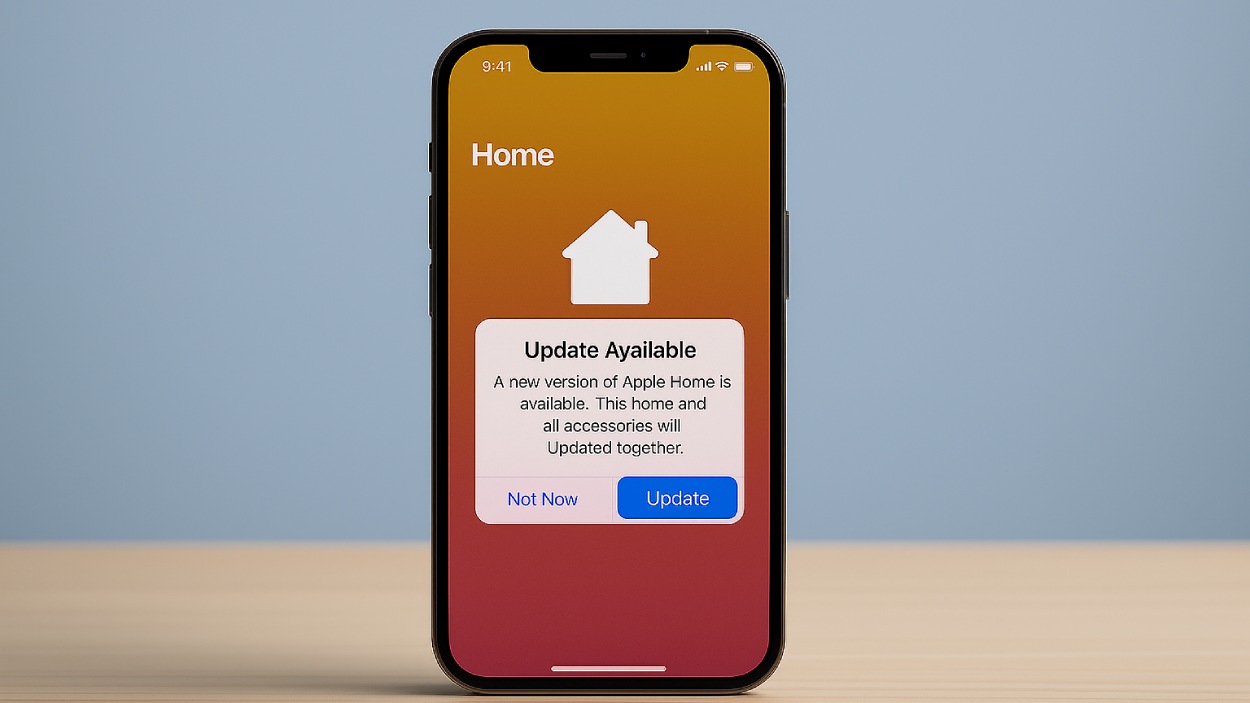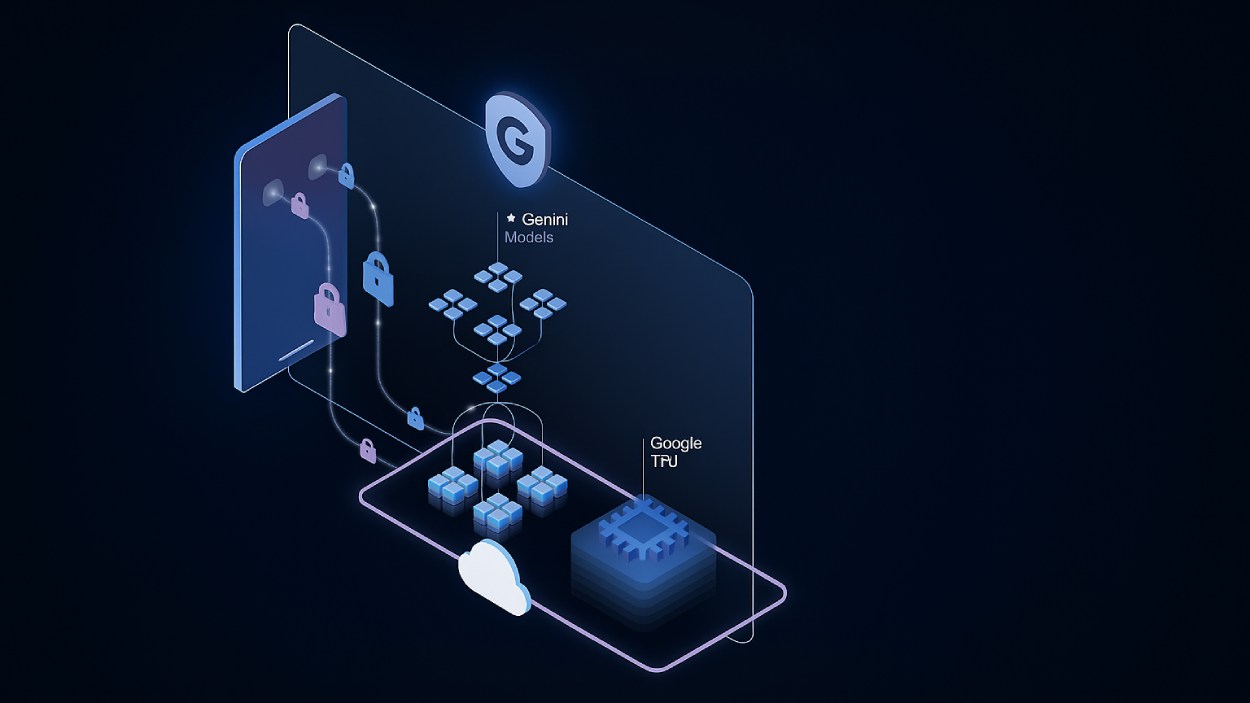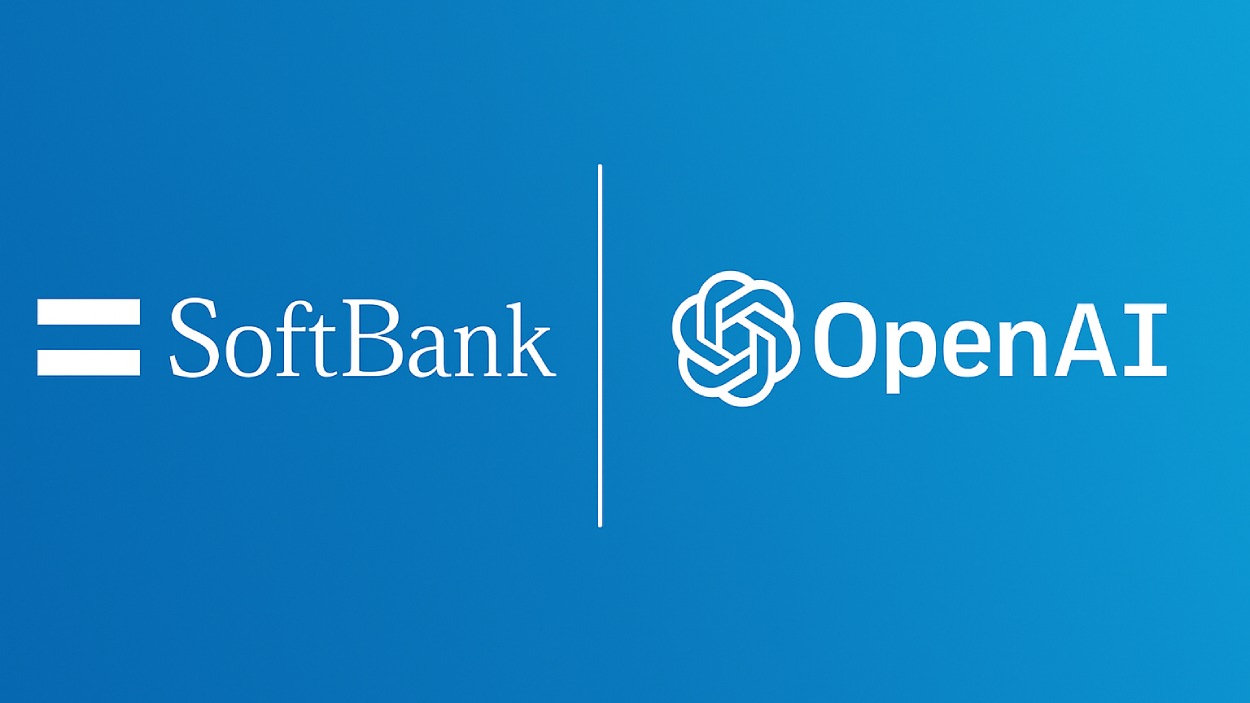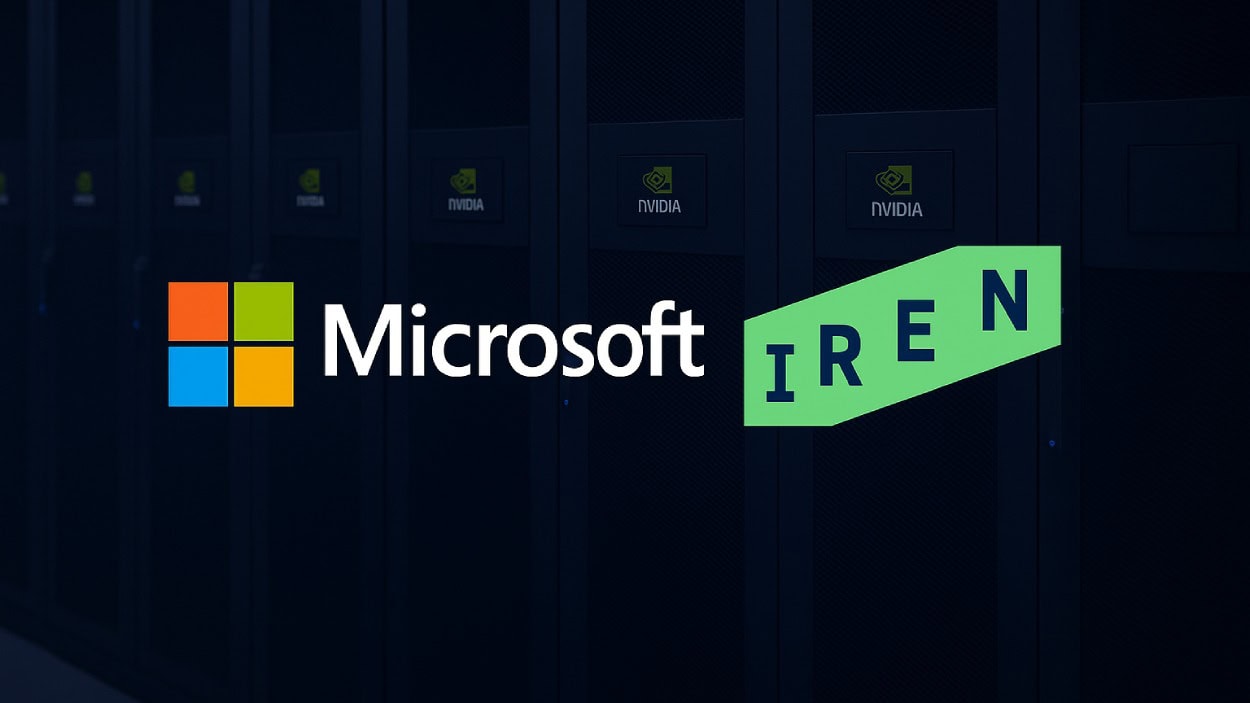IBM has launched two new quantum processors, Nighthawk and Loon, that bring the company closer to achieving fault-tolerant quantum computing by the end of the decade.
Quick Summary – TLDR:
- IBM unveiled Nighthawk and Loon, two advanced quantum chips with enhanced qubit connectivity.
- Nighthawk enables 30 percent more complex quantum circuits, aiming for verified quantum advantage by 2026.
- Loon demonstrates all hardware elements of fault-tolerant computing, showcasing scalable error correction.
- IBM also doubled chip development speed by shifting fabrication to a 300mm wafer facility.
What Happened?
IBM revealed its latest quantum breakthroughs during its annual Quantum Developer Conference. The announcement introduced two major innovations: the IBM Quantum Nighthawk and IBM Quantum Loon processors. These chips are designed to tackle some of the most critical challenges in quantum computing, including error correction and scalability. IBM also rolled out major software and algorithm enhancements through its Qiskit platform.
.@IBM reveals latest quantum processors—IBM Quantum Loon and IBM Quantum Nighthawk—and all future chips on our quantum development roadmap are being fabricated at the Albany NanoTech Complex (@CNSE) using 300mm semiconductor wafer technology: https://t.co/45p1ZwcMib#QDC25 pic.twitter.com/3y5pZ5LSe7
— IBM Research (@IBMResearch) November 12, 2025
Nighthawk: A Leap Toward Quantum Advantage
Nighthawk is IBM’s most advanced quantum processor to date, housing 120 qubits interconnected with 218 next-generation tunable couplers. This architecture enables 30 percent more complex circuits compared to its predecessor, the Heron processor, while maintaining low error rates. Users will now be able to explore problems requiring up to 5,000 two-qubit gates, a crucial leap for practical quantum applications.
- IBM expects future versions of Nighthawk to support up to 15,000 gates by 2028, powered by over 1,000 connected qubits.
- These enhancements aim to deliver the first verified cases of quantum advantage by the end of 2026.
- IBM is collaborating with startups and researchers to validate results through a new open, community-led quantum advantage tracker.
Jay Gambetta, IBM Fellow and Director of IBM Research, emphasized:
Loon: Building the Foundation for Fault Tolerance
Loon, still in early development, showcases all the key components for fault-tolerant quantum computing. Each qubit in Loon connects to six others, with vertical and on-chip routing layers that break the planar barrier, a first for superconducting quantum chips.
- The processor enables long-range couplers and on-chip error correction infrastructure.
- IBM achieved a 10 times speedup in decoding errors using classical qLDPC codes, completing this milestone a year ahead of schedule.
- Loon also supports qubit reset during operations, a step forward in dynamic circuit functionality.
Stephen Bartlett, professor at the University of Sydney, said, “It’s not a silver bullet… but it is nonetheless a significant major step.”
Software and Fabrication Enhancements
Beyond hardware, IBM unveiled advances in Qiskit, its quantum software stack, including:
- 24 percent improvement in accuracy using dynamic circuits.
- 100x reduction in result extraction cost via HPC-powered error mitigation.
- A new C++ interface and execution model for better integration with high-performance computing.
On the hardware side, IBM has transitioned its processor development to the 300mm wafer fabrication facility at Albany NanoTech Complex in New York. This move has:
- Doubled the speed of development cycles.
- Increased chip complexity by 10 times.
- Allowed for parallel exploration of multiple chip designs.
SQ Magazine Takeaway
Honestly, this is the most exciting IBM quantum update I’ve seen in years. They aren’t just theorizing about the future, they’re showing real hardware and clear roadmaps. I love that they’re opening the doors for community testing and focusing on practical steps like modular designs and efficient fabrication. It feels like quantum computing is finally stepping out of the lab and into the world where we can start seeing real impact. If IBM delivers on this roadmap, it could be a game-changer.

